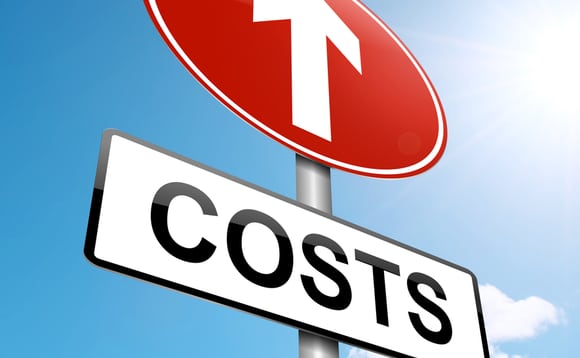It has been interesting to research consumer spending habits over the last few years in a series of quantitive studies we did. While people in the tech industry may assume that tech represents the largest part of a consumer holiday shopping budget, the reality is it often does not. Most consumers may have one or two major tech purchases planned, but that is generally about it. There are a few implications of much of tech’s rising ASPs may have on the holiday season.
Changing Holiday Spending
One of the many things rising ASP costs in tech could impact the number of products consumers buy during the holiday season. As ASPs rise, and Apple has a big role in this, consumers may buy only one major tech product instead of several. I’ve never seen any study on this, but in certain markets like North America and UK, I would be willing to bet that Apple products absorb a healthy percentage of a consumers holiday tech budget. Which means that as Apple’s ASPs rise it could impact other categories more heavily during the holiday season.
Interestingly, it isn’t just Apple. I’ve noticed a trend of rising ASPs in general of many tech products and consumer packaged goods. Perhaps companies have learned from Apple that when consumers find something, they value they are willing to pay more for better products and services.
While this may seem to go against conventional wisdom, I’ve long noted this consumer mindset dynamic as a function of mature markets. While commoditization, or commodity prices, play an important role in driving a product or service into the mainstream as mature consumer mindsets set in they rarely keep looking for the cheapest thing around.
With mature products like smartphones, PCs, tablets to a degree (perhaps a different story here), TVs, etc., rising in ASPs, it means the leftover tech budget will have to go to smaller, less expensive gadgets or needs.
Commodity Tech
While there will be room for commoditized tech purchases, some products that are there now may not stay there. Smart speakers are a good example. They are a good example of commodity pricing helping drive the product into the mainstream. Last holiday the vast majority of smart speakers sold were under $100, and their peak regarding weekly sales was when prices dropped below $40 when promotions set into place. Whether smart speakers maintain commodity pricing is a question, but for now, they fit the bill of a less expensive gadget with leftover tech budget.
In an era of rising ASPs pricing products at near commodity prices seems like a key strategy but it is also one only a handful of companies can do. Amazon and their flood of new Echo/Alexa products seems to be positioned to do this and Google’s smart home product strategy may as well to a degree. But this is not a battleground for tech companies with a singular product business model like Fitbit, GoPro, or others we have talked about. Which means upstart consumer hardware companies have a hard and long road in front of them and present a great deal of more risks than rewards from a business standpoint.
Overall Impact
The concern I’ve heard from retailers is that overall tech spending may be down if ASPs keep rising. The worry is that consumers buy less overall as they spend more on one or two things. While it is true consumers often buy a few big ticket items, they typically also buy many little things with additional tech budget. Retailers understand this as their strategy is to get consumers in the door with the big ticket items then get them to buy a lot of little things.
Their worry is all they will spend is the big ticket items (often the things retailers make the least margin on) and don’t buy the accessories, or cables, or other smaller items where the retailers get better margins.
From a dollar standpoint, it may look as though overall consumer electronics spending is steady, but I’m not sure the trend of rising ASPs benefits the retailers as much in this equation.
With all the talk of the death of physical retail being imminent, some of these dynamics will keep adding new challenges for retailers, and it will be interesting to see how they respond.
I’m looking forward to seeing what happens this holiday and we will see if it plays out how I think.

Nice post. I learn something new and challenging on blogs I stumbleupon on a daily basis.